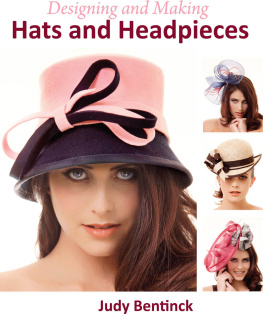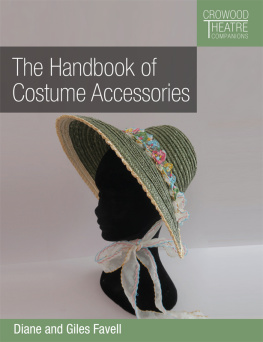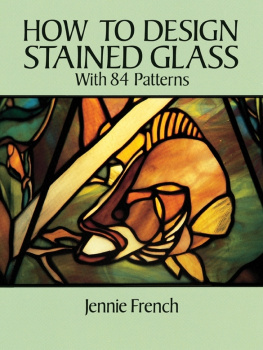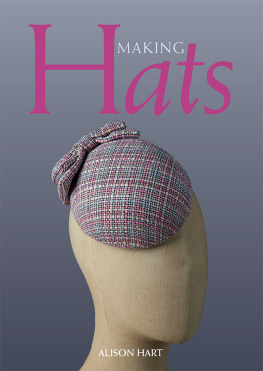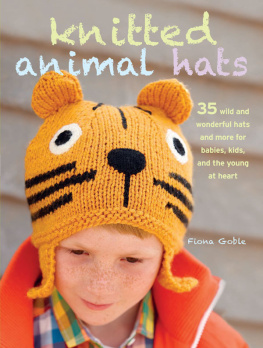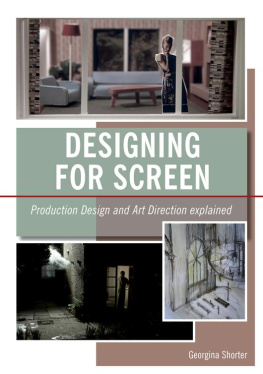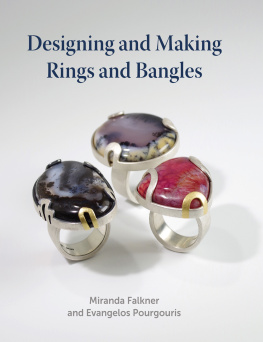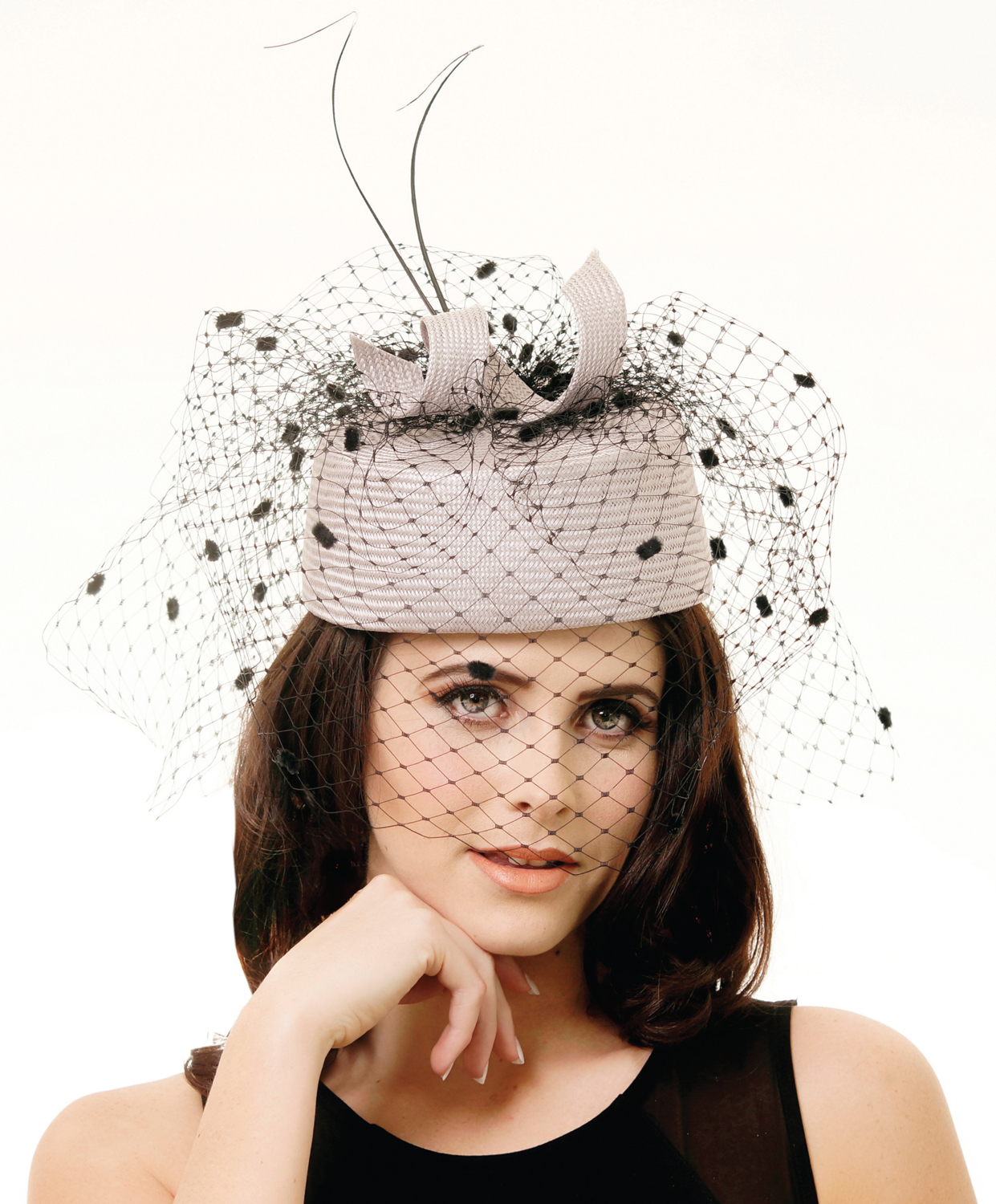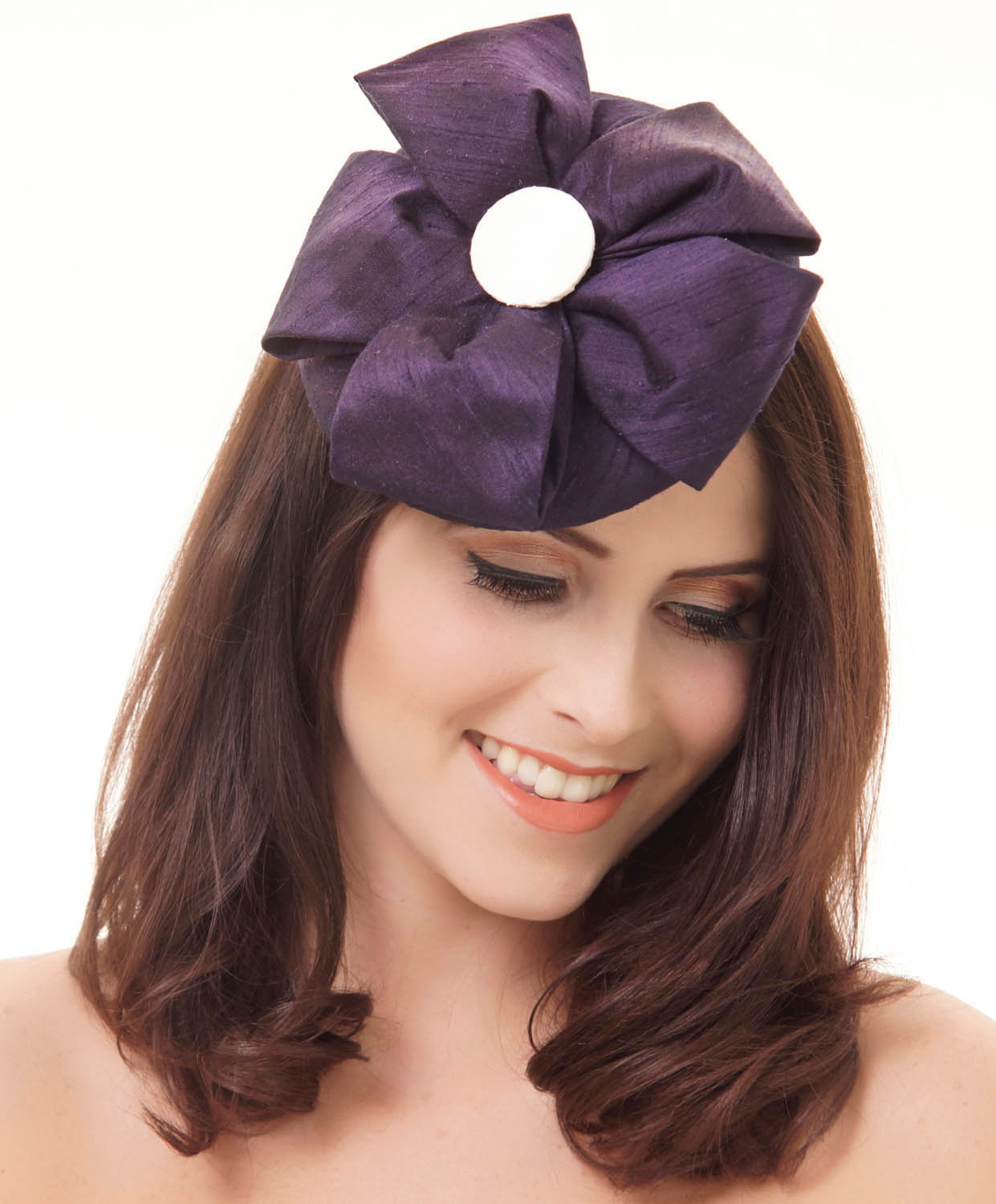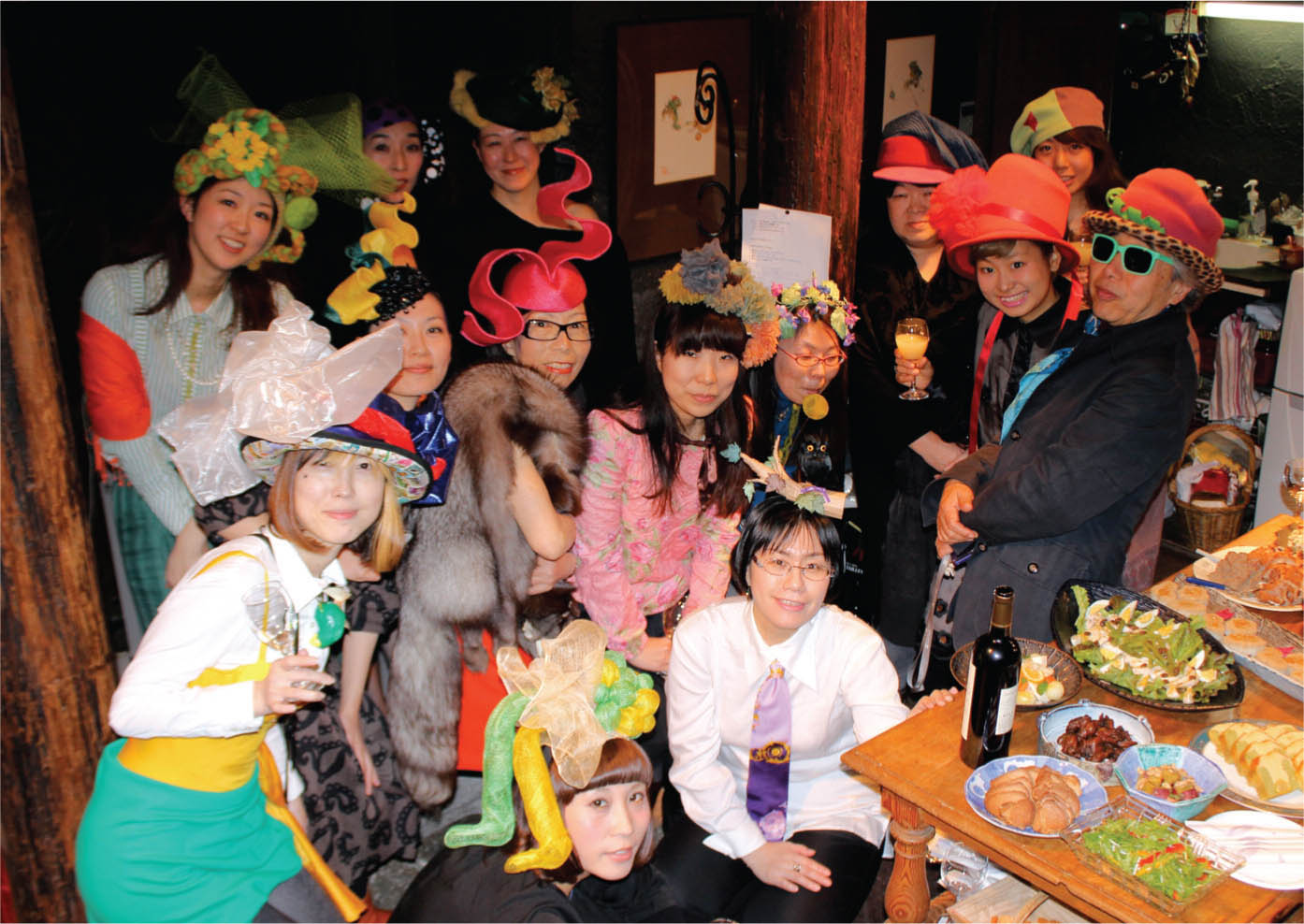Designing and Making
Hats and Headpieces
Judy Bentinck

THE CROWOOD PRESS
Acknowledgements
Enormous thanks to Freya Berry and Tim Bentinck for their IT skills, support and understanding. Thanks also to the milliners who have allowed me to use their photographs and to Natasha Moorhouse for the use of her hands. Lastly, thanks to all at The Crowood Press for their patience and to Alistair Cowin for his beautiful model shots.
Step-by step photographs by Tim and Judy Bentinck.
Diagrams by Selina Burgess.
First published in 2014 by
The Crowood Press Ltd
Ramsbury, Marlborough
Wiltshire SN8 2HR
www.crowood.com
This e-Book first published in 2014
Judy Bentinck 2014
All rights reserved. No part of this publication may be reproduced or transmitted in any form or by any means, electronic or mechanical, including photocopy, recording, or any information storage and retrieval system, without permission in writing from the publishers.
British Library Cataloguing-in-Publication Data
A catalogue record for this book is available from the British Library.
ISBN 978 1 84797 823 3
Front cover: Judy Bentinck Millinery. Style: Wool Felt Cloche. Photographer: Alistair Cowin.
Model: Tamlyn Williams. Make-up and hair: Sammy Carpenter.
Frontispiece: Judy Bentinck Millinery. Style: Ivory Bridal Fascinator.
Photographer: Alistair Cowin. Model: Tamlyn Williams. Make-up and hair: Sammy Carpenter.
Contents
Judy Bentinck Millinery. Style: parisisal pillbox hat. Photographer: Alistair Cowin. Model: Tamlyn Williams. Make-up and hair: Sammy Carpenter.
Why do people wear hats? To keep the rain off, to keep warm, to be part of a team, to shield the sun from their eyes or for no practical reason, simply to look lovely. Hats are sexy and the process of creating something that is both a sculptural work of art and an alluring, flattering adornment to a womans outfit is sexy too, and enormously satisfying. I love it and in this book Ill show you how to do it.
Wearing a hat for style rather than just for need has been part of all cultures for thousands of years. Traditional millinery lost favour for a while in the 1960s, in the UK at least, as young people dictated fashion for the first time in history, with the flower-power rebellion and back-combed bouffant hairdos taking the place of the conventional crowning glory.
In Britain Princess Diana almost single-handedly reignited the millinery industry and, while the Queen has never stopped wearing them and Ascot has always demanded them, the wedding of Prince William and Kate Middleton certainly focused a lot of attention on hats and their wearers. Today special occasions are full of beautiful headwear from fabulous fascinators to pretty pillboxes to colossal cartwheels!
I have always loved hats. As a child I was one of the few girls who happily wore their hat to school, come rain or shine. At college I would scour charity shops for perky titfers or huge floppy brimmed creations, and I always sported a flat cap for weekend walks.
In my early career as a costume designer and wardrobe supervisor I occasionally had to create hats but I had no real idea how to do it I didnt know what a block was until my first millinery lesson in 2000 but that was the day I fell in love! It was so exciting to discover that millinery involved sculpture, textiles, style, colour, flair, proportion and, most of all, passion!
Today I combine running my couture millinery business with teaching. I love passing on the traditional skills that were taught to me by Rose Cory, Royal Warrant Holder, and watching the delight on the faces of my students as they experience the same excitement at this most creative of crafts. It has prompted me to write this book, to let you, the reader, discover for yourself the joy of creating something beautiful and wearable. To be inspired and excited and to open up a new world of all things hats!
Judy Bentinck Millinery. Style: silk dupion-covered cocktail hat. Photographer: Alistair Cowin. Model: Tamlyn Williams. Make-up and hair: Sammy Carpenter.
Chapter 2 So What is Millinery? | |
Millinery is the term used to describe the craft of making hats and headpieces for women. The word milliner derives from the seventeenth century when Milan in Italy was the centre for the beautiful fine straws, ribbons and general haberdashery suitable to trim and create ladies hats. Salesmen who travelled across Europe to Britain became known as the men from Milan or Milaners, which evolved into milliners. (Mens hats on the other hand are made by a hatter. There are milliners who do both, for example the wonderful and prolific Stephen Jones has a range called Miss Jones for women and Boy Jones for men.)
There are several well known idioms about hat-making and hats in general; you may have heard of some of them but might not be aware of how they came into being. Being as mad as a hatter, for example, was an expression pertaining to the unfortunate side-effects of working with mercury nitrate, a chemical used most notably during the Victorian era to soften fur in the felt-making process. Although these feltmakers were known to drink copiously as a result of their dusty working conditions, it was the long-term inhalation of mercury that poisoned the hatters and produced a number of inebriate symptoms, which often developed into tremors, delirium, paralysis and eventual death. Mercury had been removed from the process in Britain by the end of the nineteenth century but in some areas of the United States its use continued until as recently as the early 1940s. Mercury poisoning was known as the Danbury shakes in the US owing to the concentration of hat-making in Danbury, Connecticut.
There are several other expressions from the times when hats were commonplace which have survived to the present and are used in everyday speech without us even thinking about the original meaning. This goes to show what an important clothing item hats always were until the decline of the hat-making industry in the 1960s, and how, throughout the different fashions and styles of the decades, the hat remained an essential accessory. Idioms like keep it under your hat (to keep a secret), take my hat off to you (show respect, praise or admiration), to pull it out of a hat (achieve a surprise or trick), at the drop of a hat (to act quickly, instantly), to wear more than one hat (having lots of jobs or responsibilities) and old hat (out of date or old-fashioned) all give us a glimpse into the past. The word has also been used more recently, for .
Japanese milliners celebrating St Catherines Day.
Components of the Hat: How it is Constructed
Hats come in all shapes and sizes. The hats featured in this book are designed to make a woman look gorgeous. If youve ever wondered how such beautiful things are actually constructed, you will find an explanation below with images to show the various parts.
Next page
